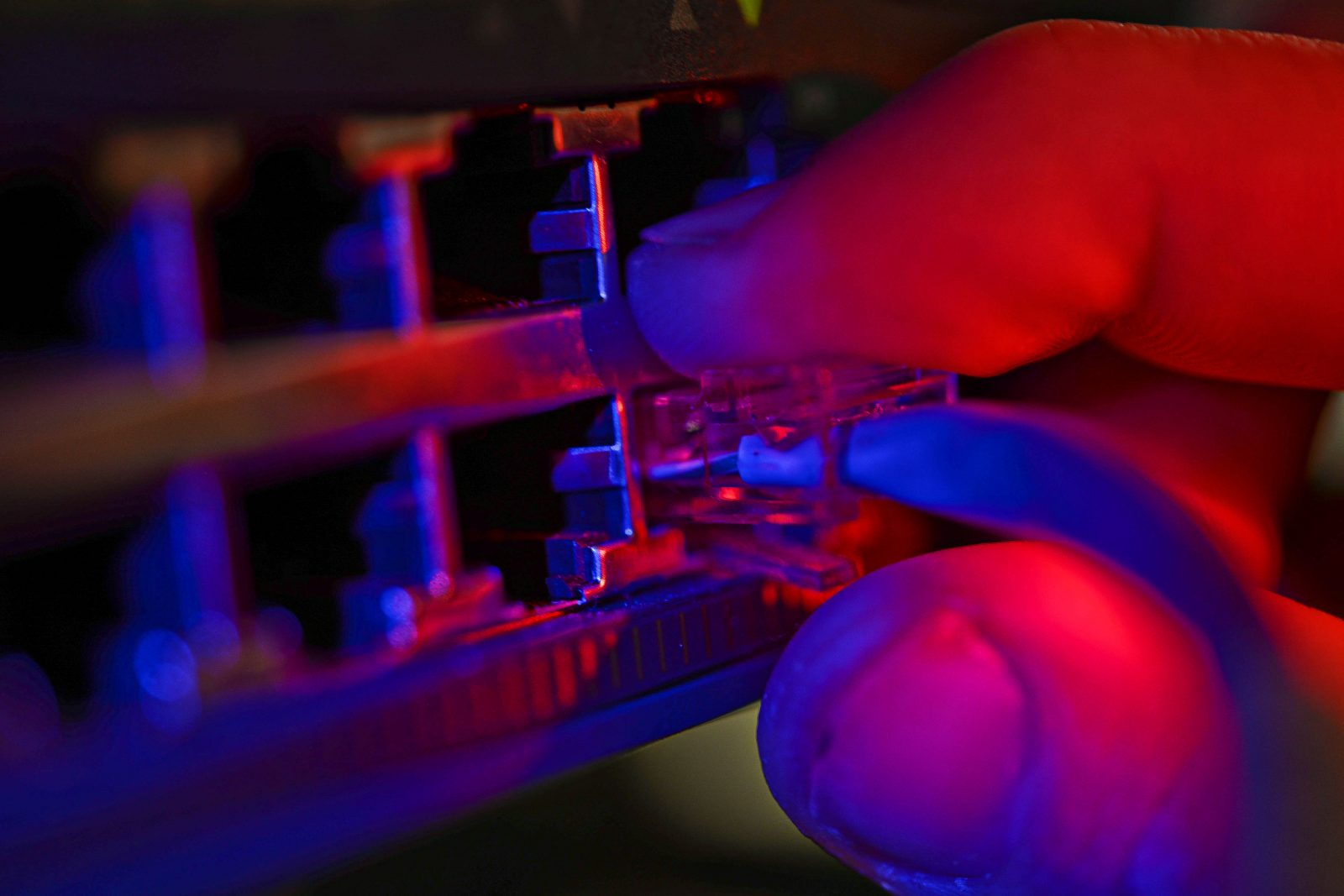
Utilization: When to Upgrade

Network upgrades are tricky, but necessary for anyone wanting to ensure that network infrastructure keeps humming along at close to 100% uptime. A general rule of thumb is that upgrades are needed every three to five years, but network performance isn’t something you want to leave to chance. It isn’t enough to upgrade whenever there are significant advances in technology. It’s important to proactively monitor network performance and capacity demands.
To start with, you need a working network performance baseline. In order to know when to upgrade, you need to know when network demands are near current capacity. You also need to know how network usage has changed over the last few months or years. A baseline defines the normal working conditions of an enterprise infrastructure and should be used to alert IT when network demands are near current capacity.
To begin forming a baseline, create a master list of all network devices. This includes client and AP devices. For an accurate baseline, you will need specifics on not only how company hardware and software performs, but also on how the end user interacts with the network. Next steps are monitoring and analyzing traffic across those devices. There are a couple of different ways to do this. Data capture or sniffing tools capture network data, although this might lead to too much information if your only goal is forming a network baseline. It’s possible to only capture data at assigned intervals, and to use this information to build an overview of network usage. You can also look for an analytics tool that performs packet capture and analysis, so that IT doesn’t have to open thousands of packets of data themselves.
Seven days is generally considered an effective monitoring time period. Analyze the data captured during a week and be on the look out for high or low spikes. If the spikes signify a problem, resolve the problem and re-start the monitoring period to gather clean metrics. If the spikes are normal behavior and not symptoms of an underlying problem or network degradation, proceed with creating the baseline. Once you have a working network performance baseline, continue periodically running metrics. A baseline doesn’t do any good if it isn’t being tested against current data performance.
Store all analyzed data in report format, graph format, or a combination of the two. This information will reveal important trends in network usage. Comparing the trends to the network baseline will give an indication for when upgrades need to happen, and the trends themselves will reveal what upgrades are necessary. For example, are capabilities changing on client devices? Is it necessary to bring in more APs that support 4 spatial streams? Perhaps reported issues are caused by too many APs running DFS channels, and not enough client devices supporting DFS channels.
When it comes time to upgrade, use the analyzed data to determine what is needed today and what will be needed during the next three years. Ask yourself questions such as: how much bandwidth is needed per WiFi device? How many devices are going to be connected concurrently to a single WiFi radio? What are the specific capabilities of client and AP devices? This information should be readily discernible from your gathered metrics and performance baseline. Once it’s determined what is needed, it’s time to move forward with the upgrade plan.
Wyebot’s Wireless Intelligence Platform ™ (WIP) uses an Artificial-Intelligence engine to automatically capture and analyze packet data. It uses machine learning and behavioral analysis to create a network baseline, and proactively alerts IT to any changes in performance. Check out WIP’s specs for more information in using the platform for capacity planning and creating an upgrade plan.

